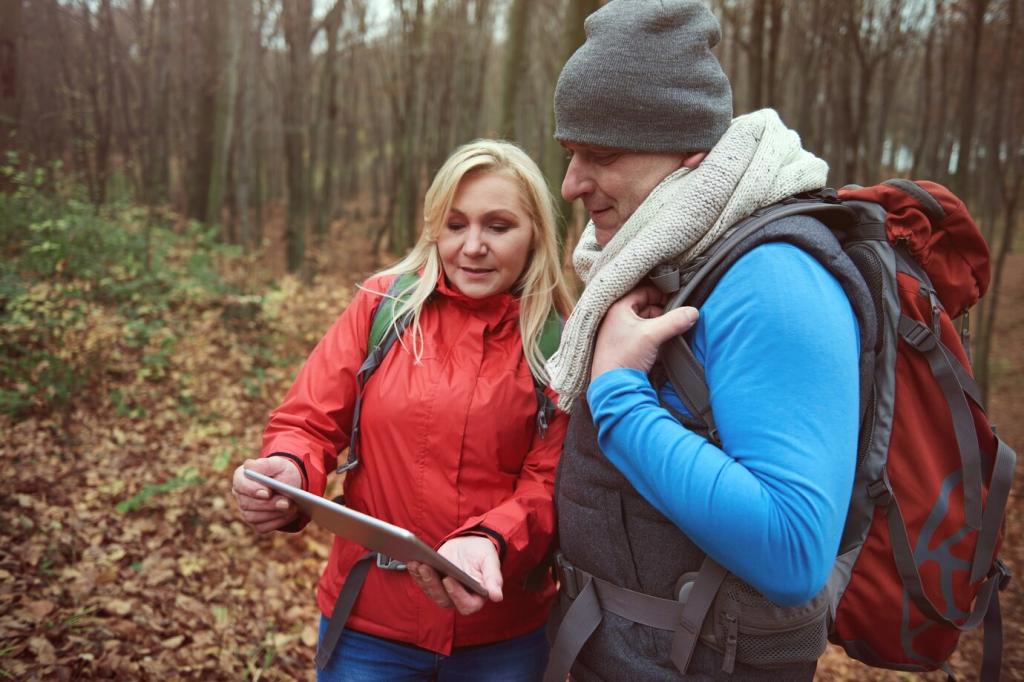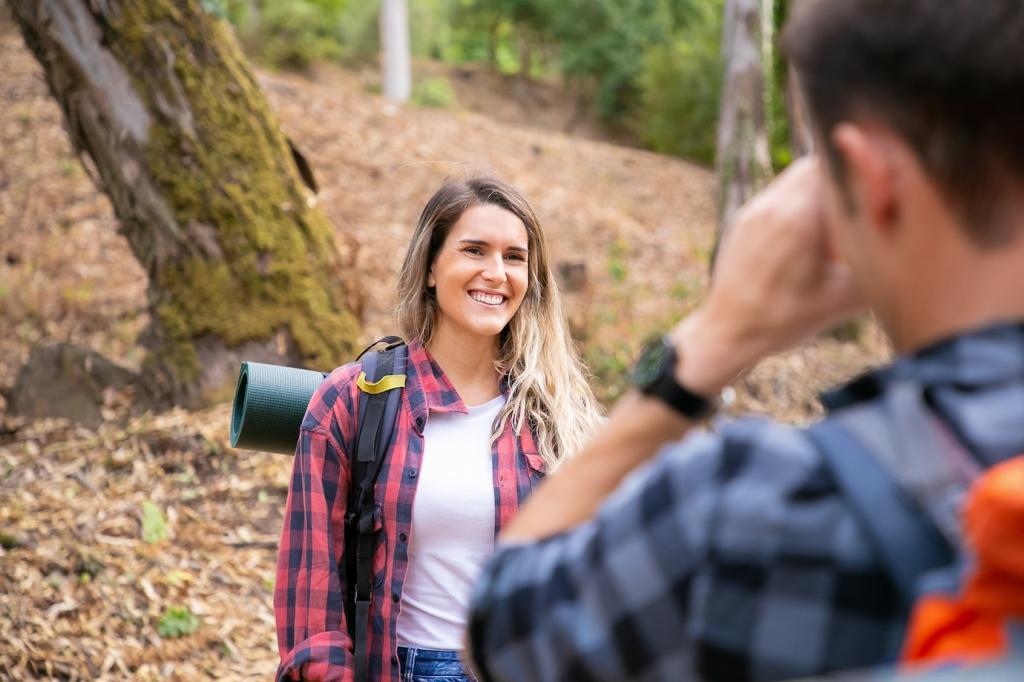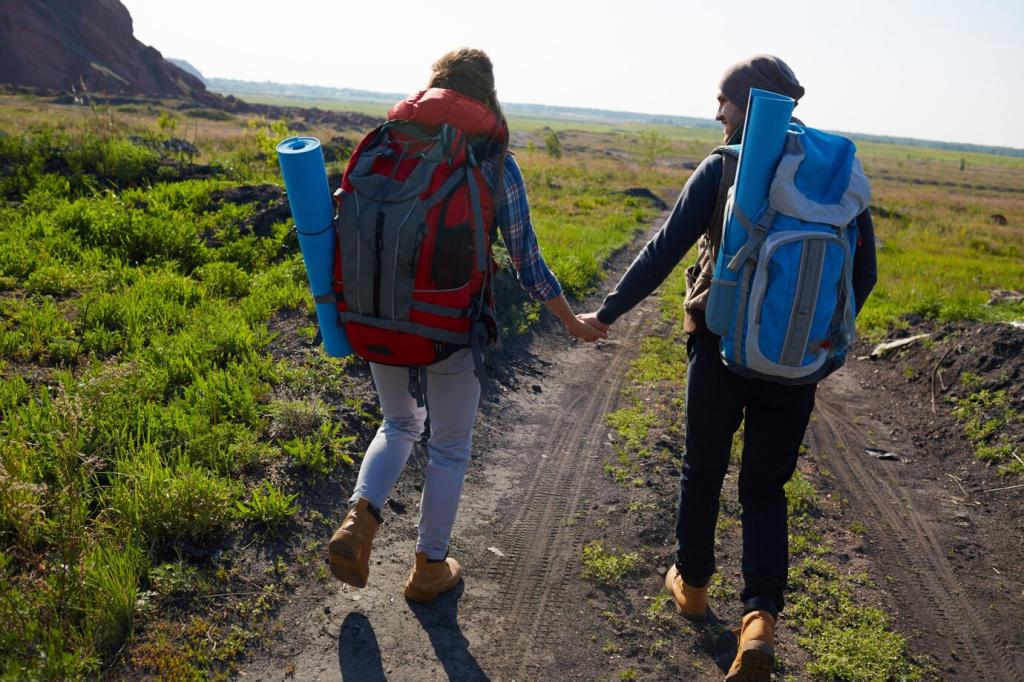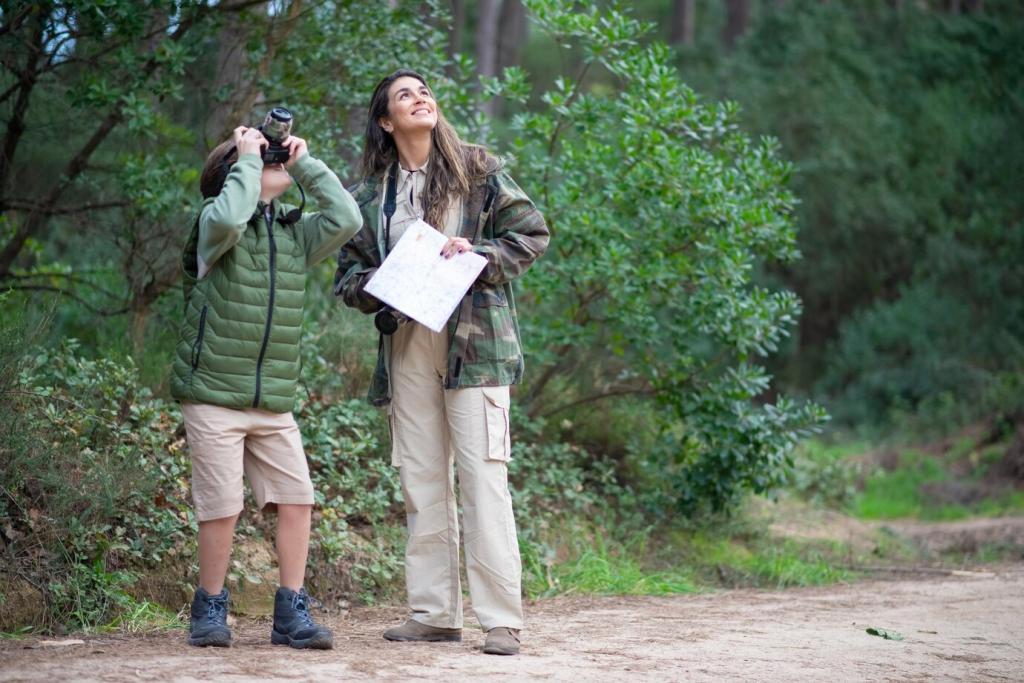Ethics: Leave No Trace Meets Wayfinding
Informal cairns and extra paint create confusion, send hikers off-route, and damage fragile surfaces. Resist the urge to ‘improve’ the trail. Support trained crews instead. If you encounter misleading stacks, report them to the managing agency. Share examples where removing rogue markers restored clarity and reduced trampling.
Ethics: Leave No Trace Meets Wayfinding
Some rock piles or carved signs hold cultural meaning or mark research sites. Photograph without touching and stay on the marked path. Read local guidance at trailheads. If you know a story behind regional symbols, tell it respectfully in the comments so others understand context and hike with care.





